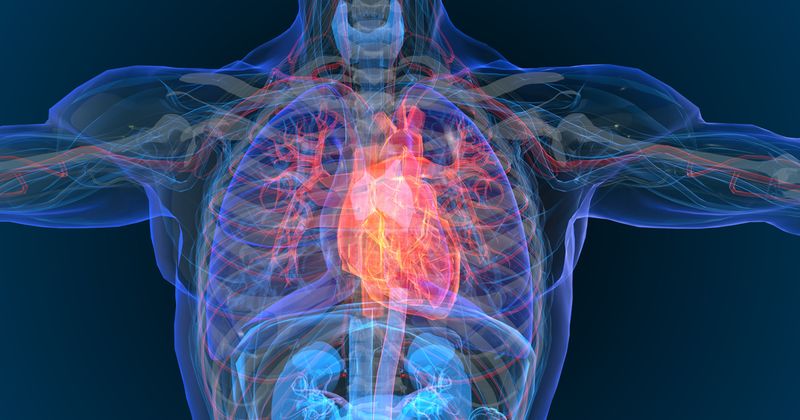Levels of some circulating proteins may inform care of comorbid obesity, heart failure
Key takeaways:
- Levels of 12 circulating proteins were associated with obesity and heart failure (HF) among a group of 373 adults.
- Researchers said the proteins may provide pathways for treating people with obesity and HF.
Twelve circulating proteins associated with obesity and heart failure may inform treatment for adults with both conditions, according to a study published in Obesity.
“Identifying heart failure subgroups that may benefit from specific treatment is essential for developing effective strategies for heart failure management,” Isabella Kardys, MD, PhD, a cardiovascular epidemiologist in the department of cardiology at Erasmus University Medical Center in Rotterdam, the Netherlands, and colleagues wrote. “An obesity phenotype in HF with preserved ejection fraction (HFpEF) has been a much-studied subject in recent literature. However, research on the role of obesity in the pathophysiology of HF with reduced ejection fraction (HFrEF) remains scarce. The aim of this study is to identify and describe distinct pathophysiological features of patients with HFrEF and obesity.”

Researchers analyzed data from the Bio-SHiFT prospective cohort study. Adults aged 18 years and older diagnosed with chronic HF at least 3 months before enrollment with no HF hospitalization in the 3 months before study’s start were included. Researchers collected data from 373 adults with HFrEF and a baseline BMI of more than 18.5 kg/m2 (median age, 64 years). Blood samples and CV events were collected at baseline and every 3 months. Proteomic analysis was conducted using the blood samples. The study’s primary outcome was a composite of CV death, left ventricular assist device implementation, heart transplantation and hospitalization for acute or worsened HF.
Of the study group, 26% had obesity. Researchers identified 35 proteins positively associated with obesity and 106 proteins negatively associated with obesity.
During a median follow-up of 2.1 years, 112 participants met the primary composite CV outcome. Of those, 32 adults experienced CV death, 88 were hospitalized for acute or worsened HF, 16 had a heart transplant and 13 had a left ventricular assist device implemented.
Of the 141 proteins associated with obesity, 37 were positively associated with a CV outcome and 13 were negatively associated with the primary endpoint. After adjusting for time-varying N-terminal pro-B-type natriuretic peptide (NT-proBNP) and high-sensitivity troponin T, 12 proteins were associated with obesity and CV outcomes. Serine protease HTRA1, plasminogen activator inhibitor-1 and C-reactive protein were associated with CV outcomes, and higher levels were detected among adults with obesity than those without obesity. Conversely, tyrosine-protein kinase transmembrane receptor ROR2, transgelin, histone-lysine N-methyltransferase EHMT2, ephrin type-A receptor 4, neurogenic locus notch homolog protein 1, receptor-type tyrosine-protein phosphatase delta and anthrax toxin receptor 1 were negative associated with HF outcomes, with lower levels found among adults with obesity. Neutral ceramidase was negatively associated with CV outcomes and higher in abundance for adults with obesity, and carbohydrate sulfotransferase 15 was positively associated with the primary endpoint and found in lower levels for people with obesity.
“These 12 proteins might provide valuable information for the prognosis of patients with HFrEF and obesity over established assessments using clinical characteristics, NT-proBNP and high-sensitivity troponin T,” the researchers wrote.
A study with longer-term follow-up is needed, they wrote, as some circulating proteins have been associated with ventricular function during longer follow-up periods.
